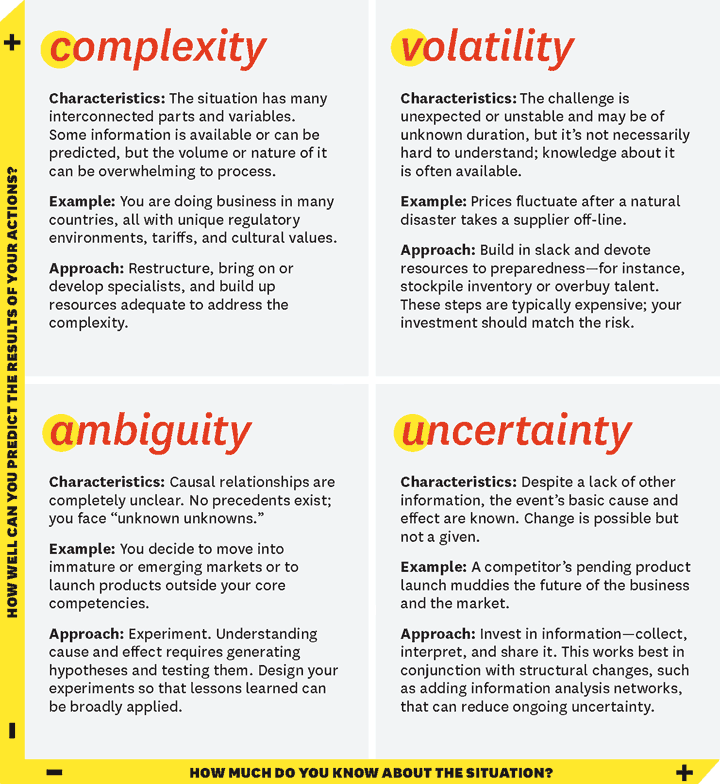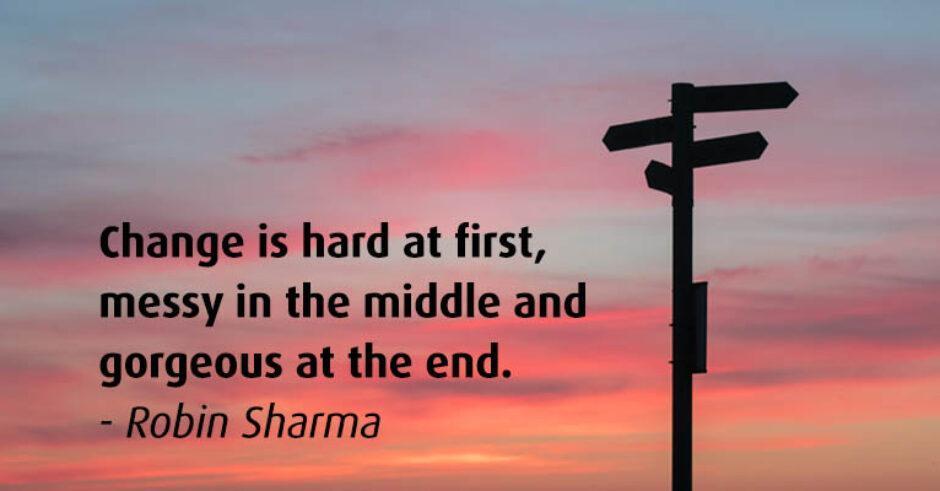Or should we embrace the messy reality of change?
Over the past weeks, I have seen so many posts and articles reminding us about the change curve and how it relates to how we experience change. I’ll be honest – I’ve never been a great fan of the curve.
Whilst I agree that it is useful to be able to name the various emotions that we might feel during a period of change, the idea that people progress smoothly through the curve from one stage to the other, is not that helpful for me. Many people find change a lot messier than the change curve suggests, as per the much-quoted Robin Sharma. This is the mindset that I prefer to have when dealing with change myself or helping others to do so. Navigating change can feel like being on an emotional rollercoaster, and no more so than at the moment.
The VUCA model (volatility, uncertainty, complexity and ambiguity) which was developed by the US Army in the 1980’s suggests that there are different ways of approaching unusual change situations – as shown in the diagram from the HBR article below:

This model is useful in recognising that some change situations are so different from what we expect, that our usual response won’t work. Adapting to the VUCA world requires a shift in mindset to recognise that disruption is inevitable and we must adjust accordingly. Again, recognition that the real world is messy. But perhaps the VUCA model is still too prescriptive to reflect reality?
Tom Harford has developed this theme further in his book. Here, he argues that messiness is essential for creativity, ideas and new thinking. Whilst he does not suggest that disruption is always a good thing, he suggests that being too rigid in our thinking can be disempowering and constraining. He recommends that we discard rules and rigidity and embrace the creativity that can emerge when we accept the messiness of everyday life. He argues that the greatest and most difficult changes that we face can be the most transformative.
At the moment, it is hard to imagine that life will ever be normal again and indeed, many writers and researchers are arguing that this might be the case. That is a difficult thing to think about and the new normal is impossible to determine right now. We can only hope that it is better than before.
The current environment that we find ourselves in requires new ways of thinking. For example, our efforts to model the spread of Covid-19 in the early days of the virus in the UK have been shown to be inadequate because of the messiness of the data and so new approaches have had to be developed. Everyone is adapting to new ways of working, new uses of technology and new ways to learn. It is also time to start thinking about our responses to change differently.
In contrast with the change curve which suggests a regular approach to change, I think a messy change curve is better. Accept that change is messy and that there is no straight path to the other side. Embrace the messy and the opportunities that it brings. Acknowledge and accept all of the feelings, good and bad, that you might have in relation to change. They are all OK. And progress through a change at your own rate, rather than feeling like you have to conform to a model.
———————————-





